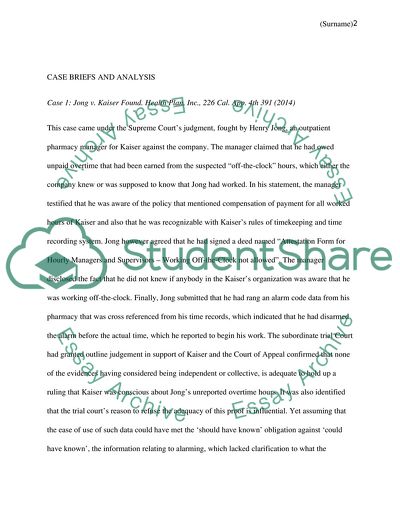Cite this document
(“Current topics in HR Research Paper Example | Topics and Well Written Essays - 2500 words”, n.d.)
Retrieved from https://studentshare.org/human-resources/1671419-current-topics-in-hr
Retrieved from https://studentshare.org/human-resources/1671419-current-topics-in-hr
(Current Topics in HR Research Paper Example | Topics and Well Written Essays - 2500 Words)
https://studentshare.org/human-resources/1671419-current-topics-in-hr.
https://studentshare.org/human-resources/1671419-current-topics-in-hr.
“Current Topics in HR Research Paper Example | Topics and Well Written Essays - 2500 Words”, n.d. https://studentshare.org/human-resources/1671419-current-topics-in-hr.


